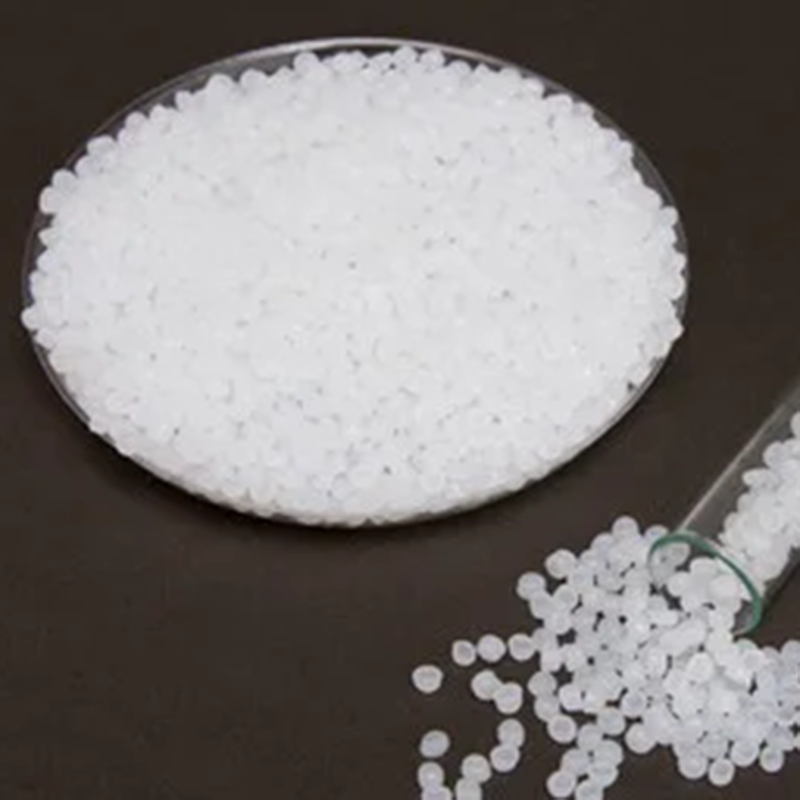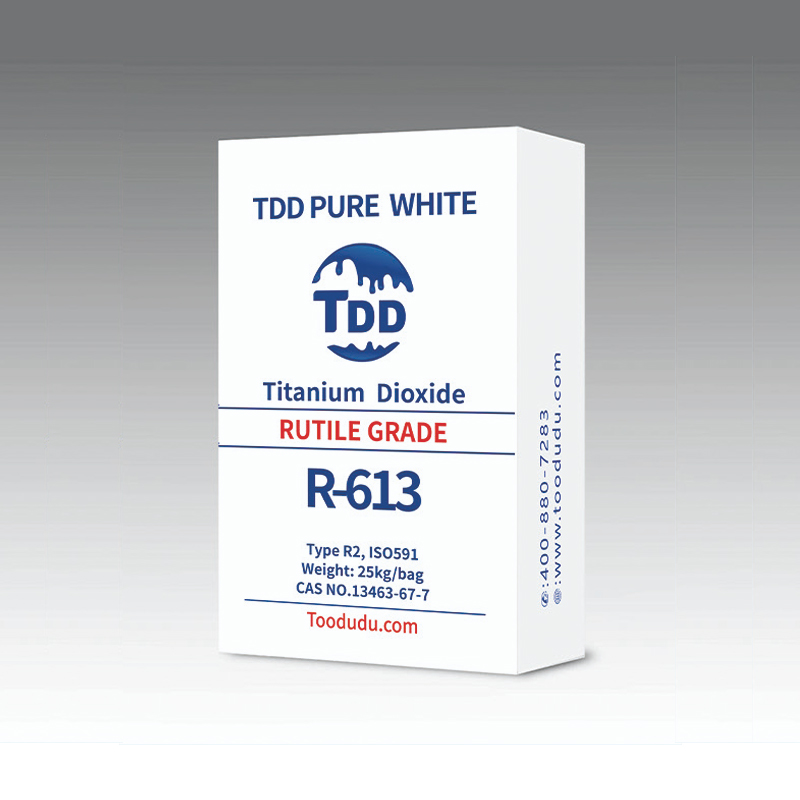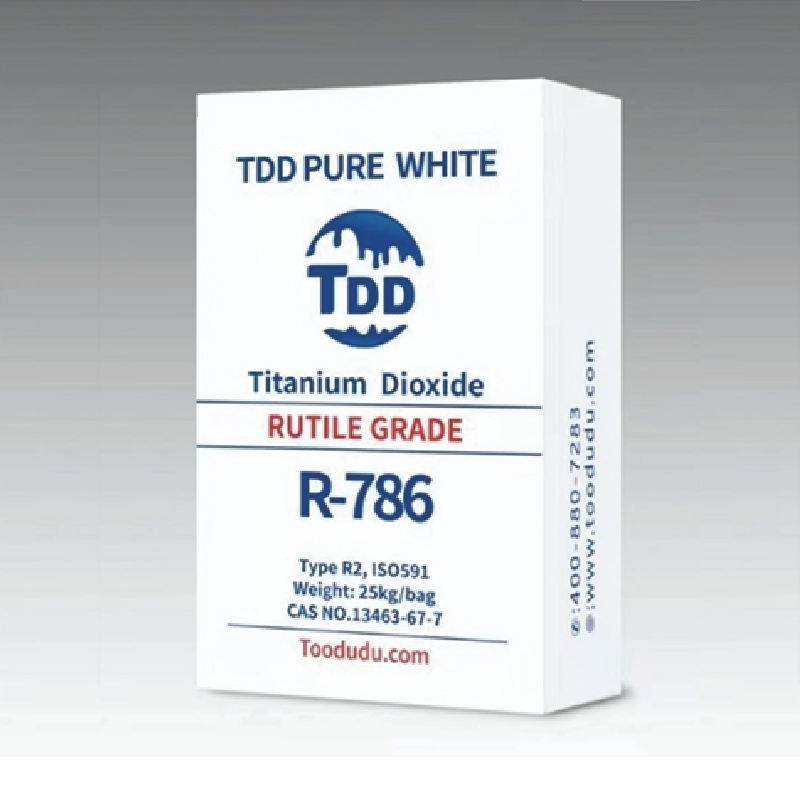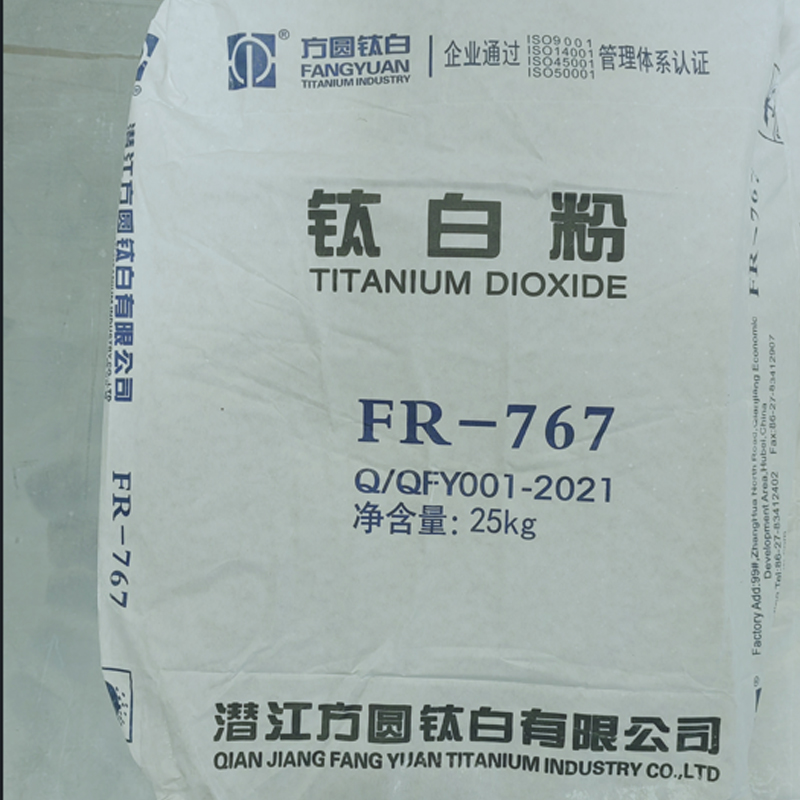Application of talc powder in plastic industry
Powders are involved in many industries and fields. It can be said that powder technology is one of the basic technologies supporting high and new technologies. The so-called powder technology includes two aspects, one is the design and manufacturing technology of powder particles, and the other is powder processing technology, that is, how to add powder to other substances to exert its unique effect. Adding ultra-fine mesh talc powder masterbatch to plastics can significantly improve the rigidity, creep resistance, hardness, surface scratch resistance, heat resistance and thermal deformation temperature of plastic products. Quite fine talc powder can also Improve the impact strength of plastic products. It also has a lubricating effect after addition, can promote flow and improve the processing technology of plastics.
1. Application in polypropylene resin:
Talcum powder is often used to fill polypropylene. Talcum powder has a flaky structure characteristic of lamellar configuration. Therefore, talc powder with finer particle size can be used as a reinforcing filler for polypropylene. In the polypropylene modification system, adding ultra-fine talc powder masterbatch can not only significantly improve the rigidity, surface hardness, heat creep resistance, electrical insulation, and dimensional stability of polypropylene products, but also improve polypropylene products. impact strength. Adding a small amount of talcum powder to polypropylene can also act as a nucleating agent and improve the crystallinity of polypropylene, thereby improving the mechanical properties of polypropylene. Moreover, by improving the crystallinity and refining the grains, it can also improve the mechanical properties of polypropylene. The transparency of polypropylene. Polypropylene composites filled with 20% and 40% ultra-fine talc can significantly improve the rigidity of polypropylene and creep resistance at high temperatures, both at room temperature and high temperature. For example: the flexural modulus of polypropylene added with 40% ultra-fine talc masterbatch can be increased from 16100kg/cm2 to 42000kg/cm2, and the heat deformation temperature can be increased from 62℃ (1.82Mpa force) to 88℃ or from 121℃ (0.45Mpa force) increased to 147℃. Used in electrical components, the dielectric constant is increased from 1.9 to 2.4, and the arc resistance is extended from immediate melting to 140 seconds. Therefore, in the automotive industry, composite materials made of polypropylene and talc masterbatch are used in fan covers, heater covers, ducts, battery heat shields, fluid pump parts, etc.; in the aircraft industry, they are used in refrigerator door linings. , heater and vacuum pump cover, washing machine agitator; in the electrical industry, used for injection molding of various instrument shells and electrical components, etc.
2. Application in polyethylene resin:
Talc is natural magnesium silicate and has four particle types: fibrous, layered, needle-shaped and standard. (frozen stone type). But only the layered ones are used industrially. Talc has a layered sandwich structure. Each layer has a certain degree of water resistance and a high degree of chemical inertness, so it has good chemical resistance and sliding properties. Polyethylene filled with it can be used as engineering plastics. It has good chemical resistance and fluidity and can compete with ABS, nylon, and polycarbonate. Filling polyethylene with it can improve the following properties: increase toughness, flexural modulus and torsion modulus; increase flexural strength; reduce creep tendency at normal and high temperatures; increase thermal change temperature andDimensional stability; improve deformation and warpage, and also have a lower thermal expansion coefficient; improve thermal conductivity; improve the surface hardness and smoothness of molded parts; improve the mechanical strength of polyethylene. For example: Use ultrafine talc powder (1250 mesh, 2500 mesh) masterbatch to fill injection molding grade high-density polyethylene composite material. In addition to the obvious improvement in the above properties, the tensile strength of the composite material increases. When adding 10% Maximum value, the original strength can still be maintained when adding 30%, and the impact strength increases slightly. For polyethylene blown films, filling ultra-fine talc powder masterbatch is better than other fillers, and it is easy to form and has good processability. Moreover, this kind of film can reduce the oxygen transmission rate by 80%. It is especially suitable for packaging oil-containing foods, such as peanuts, broad beans, etc., so that it will not produce oil or deteriorate for a long time: this kind of film can reduce the water vapor transmission rate by 70%. , has good moisture resistance, is very suitable for underground geotechnical moisture-proof cloth, and is also suitable for packaging foods such as ham, sausage, cheese, etc.
3. Application in ABS resin:
The ultra-fine talc powder masterbatch produced by a special method has good dispersion and uniformity when added to plastics. .
ABS resin is an amorphous polymer with excellent molding processability like polystyrene; it has good impact strength, good low temperature resistance, high tensile strength and good creep resistance. It can withstand a load of 7Mpa without changing its size, so it is often used to injection mold the casings of various instruments, televisions, radios, mobile phones, etc. Of course, it is also used in other fields such as textile equipment, electrical parts, automobile parts, aircraft parts, etc. Very extensive. However, people are not satisfied with the existing performance of ABS. Research on ABS modification has been carried out extensively, and there is not much relevant information published. For example, car dashboard blister sheets made by blending ABS and PVC, and imitation leather luggage coverings made by blending ABS and PVC, not only have high strength and toughness, but also can maintain the durability of the surface pattern. This blended material is filled with ultrafine calcium carbonate or ultrafine talc, which can significantly improve the notched impact strength and tear resistance of the blended material. For example: adding 5-15% of ultrafine calcium carbonate, notched impact strength Strength can be increased 2-4 times. Because ABS is an amorphous polymer, it has the ability to accommodate more fillers. Adding ultra-fine talc masterbatch can significantly improve the original performance of ABS and reduce costs.
IV. Application in polystyrene resin:
Unmodified general-grade polystyrene is an amorphous polymer, which is hard and brittle, but it has It has good electrical properties, aging resistance and high dimensional stability. The disadvantage is that it is highly brittle and sensitive to environmental stress cracking. Adding ultrafine talc powder masterbatch can improve the impact toughness, adjust the rheology, significantly increase the flexural modulus, and also improve the tensile yield strength. For example: adding 40% ultra-fine talc masterbatch, the flexural modulus increases from 23800kg/cm2 to 58800kg/cm2, and the tensile strength increases from 336kg/cm2 to 385kg/cm2.cm2.
5. Application in nylon resin
For nylon (polyamide), special attention is paid to the toughness and wear resistance of this plastic in industry. Nylon is generally hard, similar to cutin, and has good wear resistance and high dimensional stability. These properties can be further improved through fillers or reinforcements. PP66 has the highest hardness, stiffness, wear resistance and heat deformation temperature among nylons; PP6 is known for its high toughness; PP610 has lower water absorption and thus higher dimensional stability; PP11 has the highest impact strength among nylons The highest. Among various fillers, talc powder with a layered structure can improve the original good properties of nylon, and improving wear resistance is the most important. Compared with metal, unfilled modified nylon has a low elastic modulus, low tensile and creep strength, and its mechanical properties are obviously dependent on temperature. It contains water-absorbing amine groups in the molecule and has a high water absorption rate. The product easily absorbs water during use. Expansion and deformation, rapid cooling and incomplete crystallization during processing and molding, and still crystallizing during use, which leads to product deformation and even cracking. The above shortcomings of nylon can be greatly improved by adding ultra-fine talc powder masterbatch. Talc powder has the function of a nucleating agent. After addition, it can increase the crystallization rate of nylon and increase the crystallinity; therefore, it can especially improve the toughness of nylon. , mechanical strength, hardness, thermal stability, dimensional stability, improve the surface quality and deformation behavior of products, and also have a good impact on moisture absorption, electrical properties and chemical properties. For example: PP6 is filled with 2500 mesh talc masterbatch, and the properties are as follows: Mechanical properties Unfilled PP6 filled 35% talc masterbatch Tensile strength (Kg/Cm2) 690-790900 Tensile elongation (%) 1004.3 Flexural strength (Kg/Cm2) 10871470 Strange bending strength (Kg/Cm2) 2.6×10460000 Thermal deformation strength 0.48mpa (℃) 185-1902121.86mpa (℃) 68-85183
6. In polyvinyl chloride resin Applications in:
Filling PVC with ordinary powder has been very commonly used, such as making rigid PVC pipes, with a filling amount of 40%, but the tensile strength of PVC and The impact strength will be reduced. For example, according to the literature: when adding powder to 100 parts of polyvinyl chloride to 7.3 parts by volume, the tensile strength decreases from 252kg/cm2 to 215kg/cm2;
When added to 13.5 parts by volume, the tensile strength decreases from 252kg/cm2 to 204kg/cm2; when added to 35 parts by volume, the tensile strength decreases to 150kg/cm2; however, if the added powder particles become smaller (such as 5 microns, 2500 mesh), when added to 40-45% volume fraction, it can be found that the yield strength of the material is even higher than the original fracture strength. The average particle size of flake talc powder is 5 microns (2500 mesh), even in When the content is high, it can also show an enhancement effect on the polyvinyl chloride system.. As for the impact strength, when ultrafine talc is added, the unnotched impact strength basically does not decrease within 15% by weight, the notched impact strength decreases, and the flexural modulus can be significantly increased. However, ultrafine powder has a very significant reinforcing effect on polyvinyl chloride systems with added toughening agents, such as PVC/CPE and PVC/ABS systems. For example, in the PVC/ABS (=100/8) system, when adding 5 parts of ultrafine calcium carbonate, the notched impact strength of the material increases from 10kg/cm2 to 25kg/cm2, and the tensile strength increases from 29kg/cm2 to 28kg/cm2. When 10 parts are added, the notched impact strength increases from 10kg/cm2 to 33kg/cm2, and the tensile strength remains at the level of 28kg/cm2.
7. Application in other resins:
1. In fluoropolymers such as polytetrafluoroethylene, adding fillers or reinforcing agents can improve creep strength , wear resistance, toughness, thermal conductivity, compressive strength, hardness, creep tendency and thermal deformation at high temperatures.
2. Adding fillers to polyformaldehyde can further improve its toughness.
3. Adding ultra-fine mesh talc masterbatch to polycarbonate can improve toughness.
4. Adding ultra-fine mesh talc masterbatch to polyphenylene sulfide can achieve better processability, lower shrinkage, accurate demoulding size and improved surface gloss.

 2024-02-19
2024-02-19 



